Improve the safety and quality of your drinking water with these simple tips you can implement in your home.
Is safe drinking water top of mind? Are you looking for ways to keep your drinking water as safe as possible? From the materials used in the faucet to how long the water has stagnated in the pipes, there are several factors that play into how safe it is to consume the water from your tap. Find out how you can attain the healthiest drinking water.
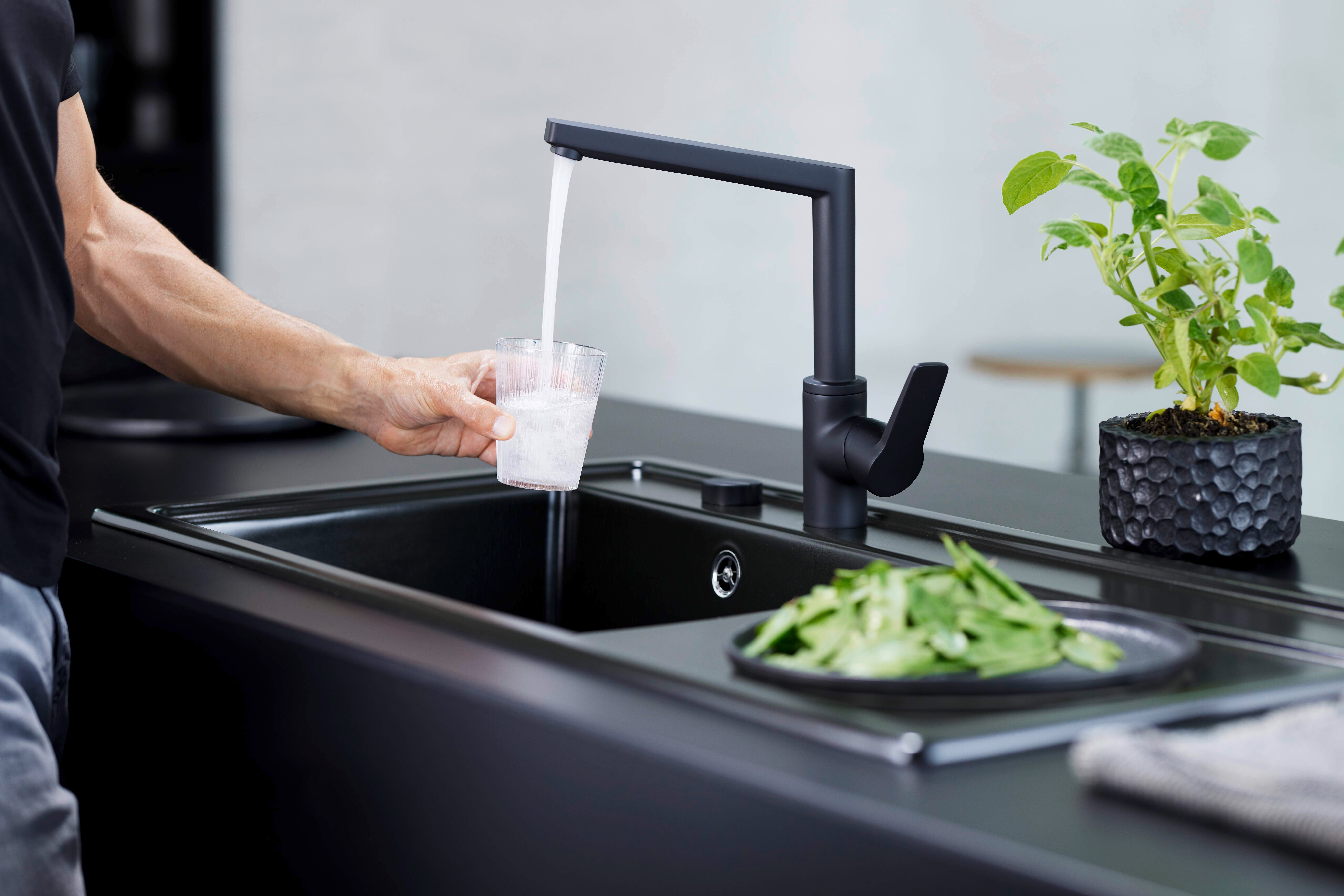
Safe drinking water is a common concern among customers, and while the EU is doing its part to improve water quality in Europe, there are several ways you can also control and upgrade the water that ends up in your cup.
A good faucet can make a difference
It might surprise you to know that the materials your faucet is made of, both on the outside and the inside, can affect your water. When the materials in the pipes, faucets and fixtures, such as lead, corrode over time, they can release small amounts of chemical substances that decrease the quality of your drinking water.
While faucets must comply with strict quality regulations to avoid such contamination, there are a few additional things you can watch out for when picking out your faucet:
Outer components
Dezincification resistant (DZR) brass or chrome-plated zinc are the main materials used on the outer parts, covers and levers of faucets. High-quality faucets are fitted with highly resistant MS63 brass, which is one of the preferred materials in the sanitary industry. Faucets made of MS63 brass are therefore a good investment thanks to the material’s extremely durable qualities and its guarantee for safe drinking water. At HANSA we offer a wide range of MS63 brass faucets.
If you’re looking for a faucet with the highest water purity standards, lead-free products and faucets with nickel-free waterways are a great choice. Keep an eye out for the HANSAPROTEC label on the products in our range, which ensures a lead content of less than 0.3% to keep levels of lead in the water supply at their lowest.
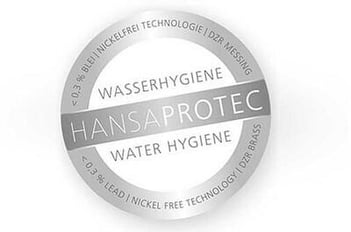
Inner components
Inner components of faucets such as cartridges, valves, aerators and pipes can contain different polymers to ensure a high level of hygiene. However, all plastic materials that are expected to contact water are approved by local certifications, such as KTW and W270 approvals – so look for these certifications in the products you consider. These certifications both ensure that the hygienic requirements defined by the German Federal Environment Office for plastics used in contact with drinking water are fulfilled.
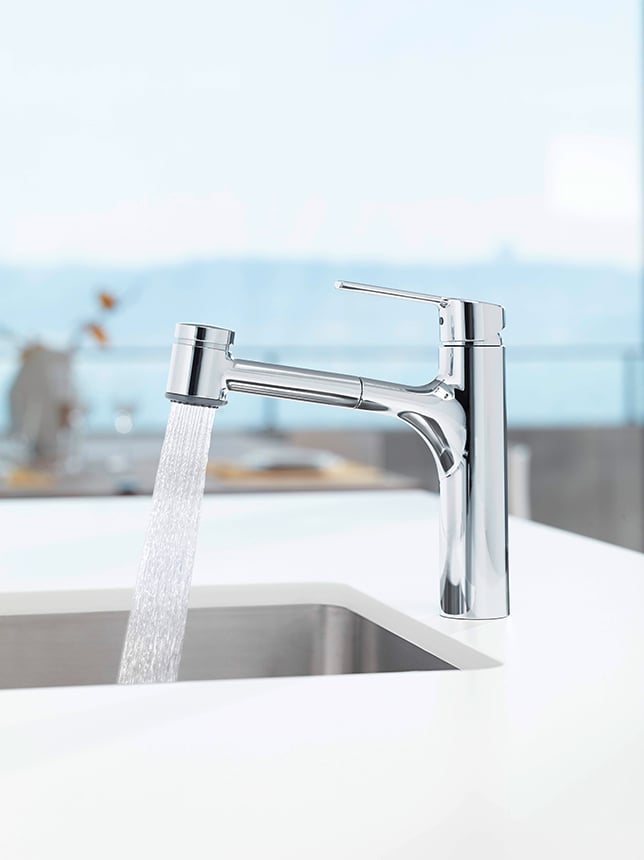 The use of high-quality materials of DZR brass makes HANSARONDA a safe faucet solution.
The use of high-quality materials of DZR brass makes HANSARONDA a safe faucet solution.
Stagnated water and how to avoid it
Although drinking water is treated before it gets to your home, a low concentration of micro-organisms remains, leaving it not 100% sterile. Luckily, these are harmless and do not pose a threat to your health.
Stagnated water, however, can. When drinking water lies still in the pipes for a longer time, it enables microorganisms to develop and multiply, which can, pose a health risk.
Legionellae is one such environmental bacteria that is naturally found in drinking water in low concentrations; increased water temperature and stagnation cause it to multiply and as a result, affect the safety standards of the water.
Legionellae multiply very slowly in cold water with temperatures below 20 °C and die from approx. 70 °C. However, temperatures ranging between 25 °C and 55 °C can lead to a high concentration of Legionellae that affect the health and safety standards of the water.
Water stagnation is very common in private households, where installations haven’t been used for an extended period, as with guest toilets, holiday apartments or vacant apartments.
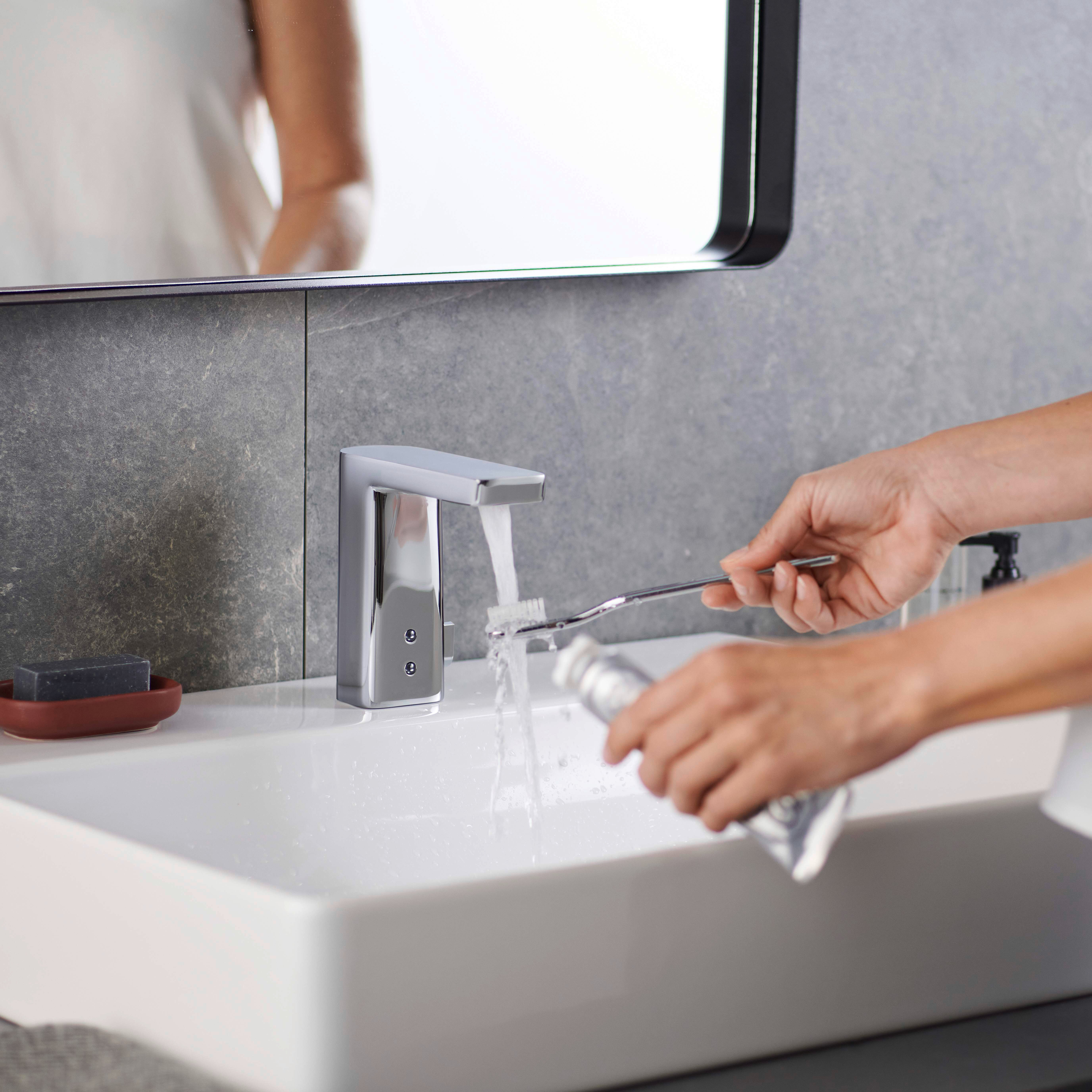
As a rule, ensuring a regular water flow throughout your installations is the safest approach. To make this easier, many of HANSA’s smart faucets are equipped with automatic flushing features.
Automatic flushing
Many of HANSA’s faucets are equipped with automatic flushing which can be managed through the HANSA App. With the help of the app and a Bluetooth connection, you can set up automatic flushing, which is activated every 72 hours.
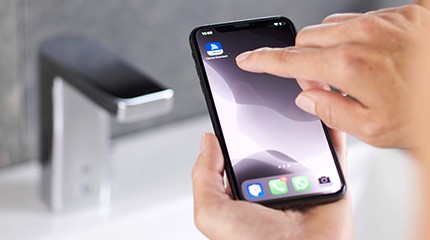
What to do about stagnant water?
+ 4 hours: If water has been left in the tap for 4 hours or more
- Open the faucet and run the tap until the water feels cold over your hand
+ 3 days: If water has been left in the tap for 3 days or more
- Open the faucet and run the water for several minutes to ensure the complete exchange of your drinking water in the system
+ 4 weeks: If the water has been left in the tap for 4 weeks or more
- It is recommended to shut off the pipes before you are absent, then flushing the pipes when starting up again – for which you might need the help of a professional.
Tip: When you’re gone for vacation for 4 weeks or more, automatic flushing is a great option to avoid having to hire a plumber to flush the pipes after your return.
Improving the safety and quality of your drinking water starts from the moment you pick out a faucet and continues with the right maintenance through regular or automatic flushing. By following these simple yet effective tips, you can make sure that your drinking water is free of chemical substances and bacteria.


-block-desktop-860x480.jpg?width=940&name=40210_Hansa_Vantis_Style_Basin01_Hansa_Vari_oh_IR.tif(1)-block-desktop-860x480.jpg)

-block-desktop-860x480%20(1).jpg?width=940&name=Oras_Romantic_V3.jpg(1)-block-desktop-860x480%20(1).jpg)






